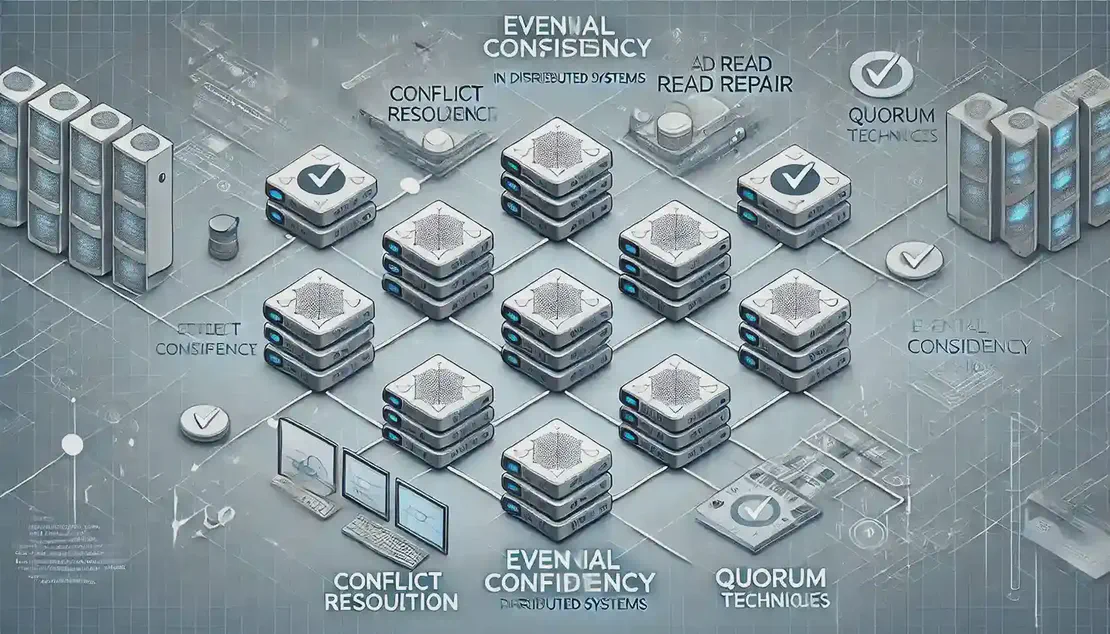
Introduction to RESTful APIs
- Vipul Kumar
- Backend development , Rest , API
- December 7, 2024
Table of Contents
🌐 Definition — A RESTful API is an interface that allows two computer systems to exchange information over the internet using the REST architectural style.
🔄 Principles — RESTful APIs are based on principles like statelessness, client-server separation, and a uniform interface, which ensure scalability and flexibility.
📊 Methods — Common HTTP methods used in RESTful APIs include GET, POST, PUT, PATCH, and DELETE, each serving different CRUD operations.
📦 Data Format — RESTful APIs typically use JSON or XML to format data, with JSON being the most popular due to its simplicity and readability.
🔒 Security — RESTful APIs often incorporate authentication methods to ensure secure data exchange between systems.
Key Principles
🔗 Uniform Interface — Ensures that all API requests for the same resource look the same, promoting consistency and simplicity.
🖥️ Client-Server — Separates user interface concerns from data storage, allowing independent evolution of client and server components.
🚫 Statelessness — Each request from client to server must contain all necessary information, with no stored context on the server.
🗄️ Cacheable — Responses must be defined as cacheable or non-cacheable to improve efficiency and reduce server load.
🔄 Layered System — Allows for a layered architecture where each component cannot see beyond the immediate layer it interacts with.
HTTP Methods
📥 GET — Used to retrieve data from a server, typically returning a 200 (OK) status code on success.
📤 POST — Utilized to create new resources, often returning a 201 (Created) status code upon successful creation.
🔄 PUT — Used to update existing resources or create them if they do not exist, with idempotent properties.
🛠️ PATCH — Similar to PUT but only applies partial modifications to a resource.
🗑️ DELETE — Removes a resource identified by a URI, usually returning a 200 (OK) status code on successful deletion.
Benefits and Challenges
⚖️ Scalability — RESTful APIs support scalable communication, making them suitable for large-scale applications.
🔄 Flexibility — They allow for flexible integration with various applications and systems.
🔍 Visibility — RESTful APIs provide clear visibility of interactions, aiding in debugging and monitoring.
🔒 Security — While they can be secure, implementing proper authentication and authorization is crucial.
⚠️ Complexity — Designing RESTful APIs requires careful planning to adhere to REST principles and ensure efficient operation.
Read On LinkedIn | WhatsApp | DEV To | Medium
Follow me on: LinkedIn | WhatsApp | Medium | Dev.to | Github

